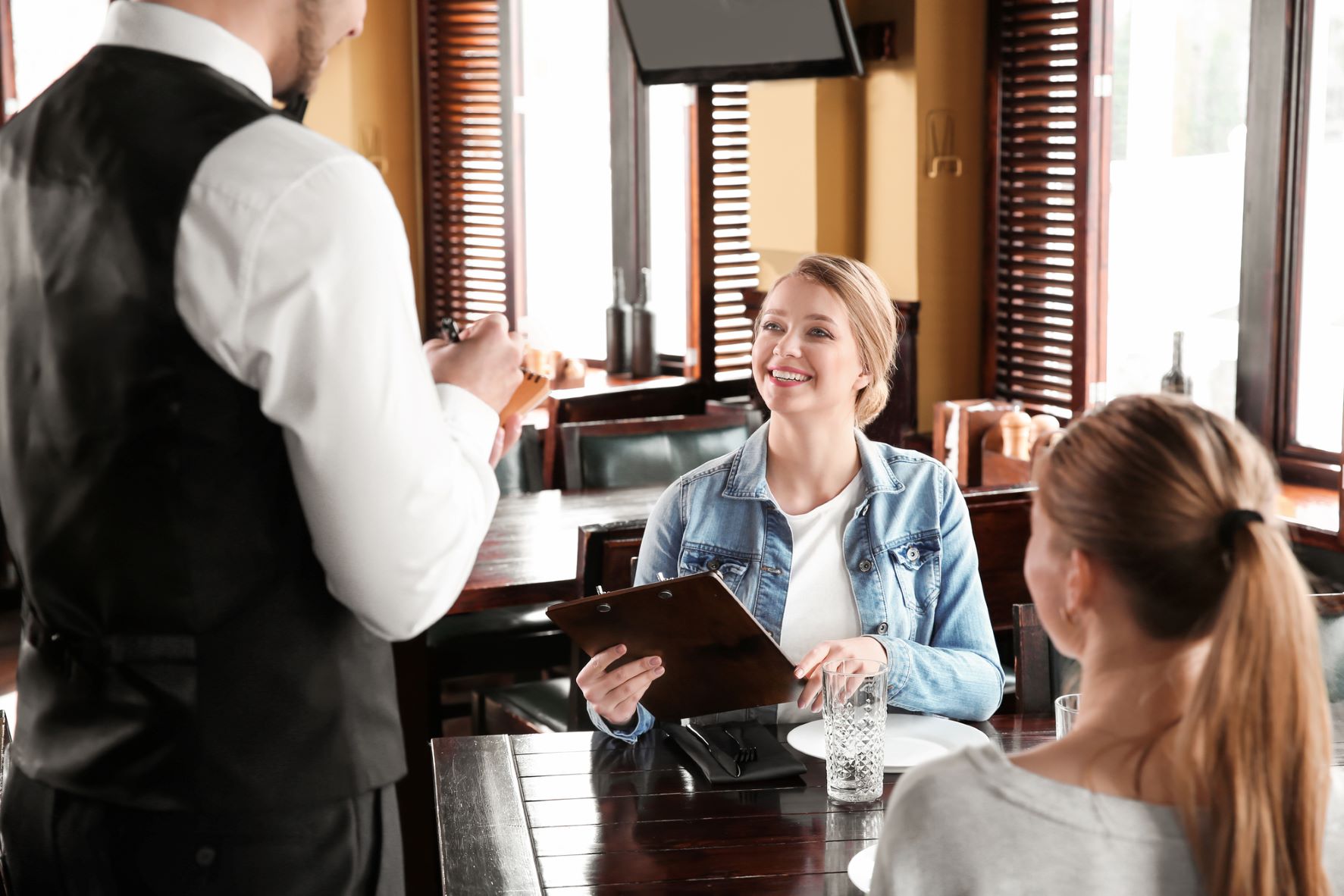Tipping culture in America: A closer look

Many Americans have articulated frustration with the nation’s tipping culture. A recent survey from Bankrate reveals that about six in ten adults view tipping negatively, with 35% stating that the practice has gotten “out of control.” This sentiment is particularly pronounced as persistent inflation continues to strain wallets.
Ted Rossman, a senior industry analyst at Bankrate, highlights the growing prevalence of pre-entered tip prompts at food trucks and coffee shops. “I was even asked to tip once at a self-checkout machine at Newark Airport,” Rossman recalls. This phenomenon, often termed “tip creep,” has led to widespread tipping fatigue.
Despite the growing irritation, it’s crucial not to withhold tips when workers depend on them.
When tipping is optional
Etiquette experts emphasize that there are situations where tipping, while appreciated, is not obligatory. Here are five such scenarios:
Salaried and trade professionals
Tipping professionals like doctors, lawyers, teachers, plumbers, or cable technicians is unnecessary. “Not only would it not be expected, it would be highly unorthodox and very awkward,” says Thomas Farley, an etiquette expert known as Mister Manners.
Counter workers
Those working at counters typically earn a wage and don’t rely on tips. Even if the tablet suggests a tip, you’re not obligated. “When they turn that device around, it’s this glaring thing, and people feel shamed into tipping, but you don’t have to,” says Elaine Swann, a lifestyle and etiquette expert.
Open bars at events
At events with an open bar, the host usually covers the tip. Swann advises, “That tip would be included in what they’ve had to pay for the venue or to the bartending service.”
Double tipping
Avoid tipping twice for the same service. For instance, if you’ve already tipped a nail technician directly, there’s no need to tip again at the counter.
Service charges in restaurants
In cities with minimum wage requirements for tipped workers, some restaurants add a service charge to the bill. Swann suggests asking the server where this fee goes. If it’s distributed among the staff, your tipping duty is fulfilled. If not, consider leaving an additional tip for your server.
Handling poor service
Tipping should reflect the service provided. In one-on-one services like haircuts, if the service is poor, it’s acceptable to reduce or withhold a tip. In restaurants, Swann recommends a sliding scale: 20% for standard service, more for exceptional service, and no less than 10% for poor service, unless the server is at fault.
Enjoying this article?
Subscribe to get more stories like this delivered to your inbox.
Understanding tipping culture
Tipping culture in America is undergoing scrutiny as more people question its boundaries and expectations. While it’s essential to support workers who rely on tips, understanding when tipping is optional can help navigate these increasingly complex social norms.
Cover Photo: Depositphotos
Sources:
Sick of ‘tip creep’? 5 times it’s OK not to tip, according to etiquette experts
What are the rules for tipping in America? A US traveller’s survival guide
Related Stories:
Good Service: Should tipping be abolished or reformed?
California restaurant allegedly charging customers 4% Employee Health Insurance
Journalist
